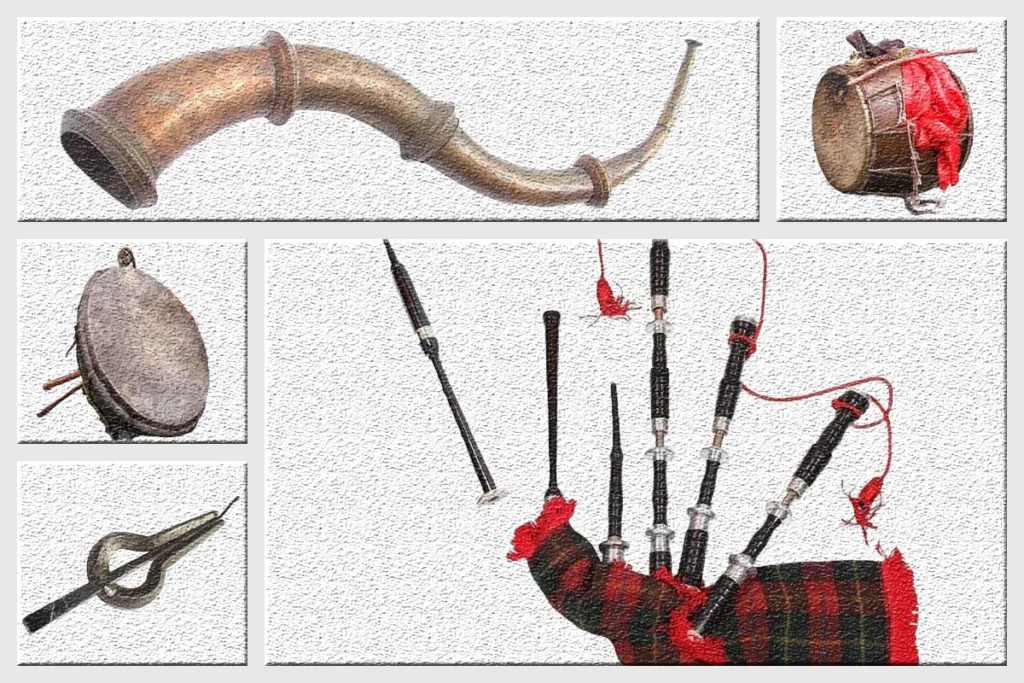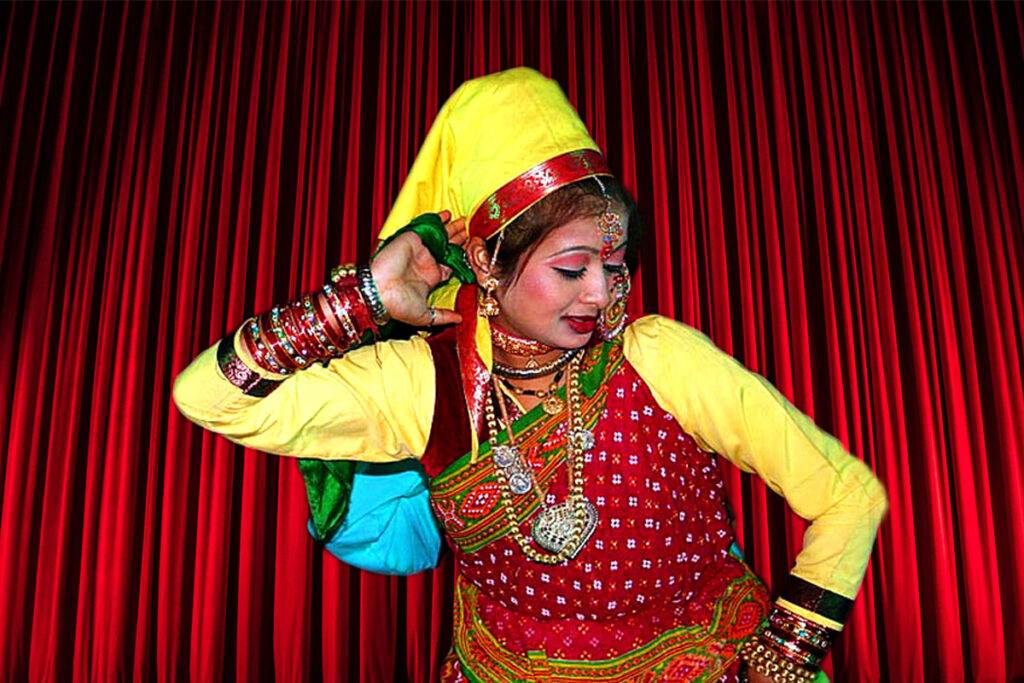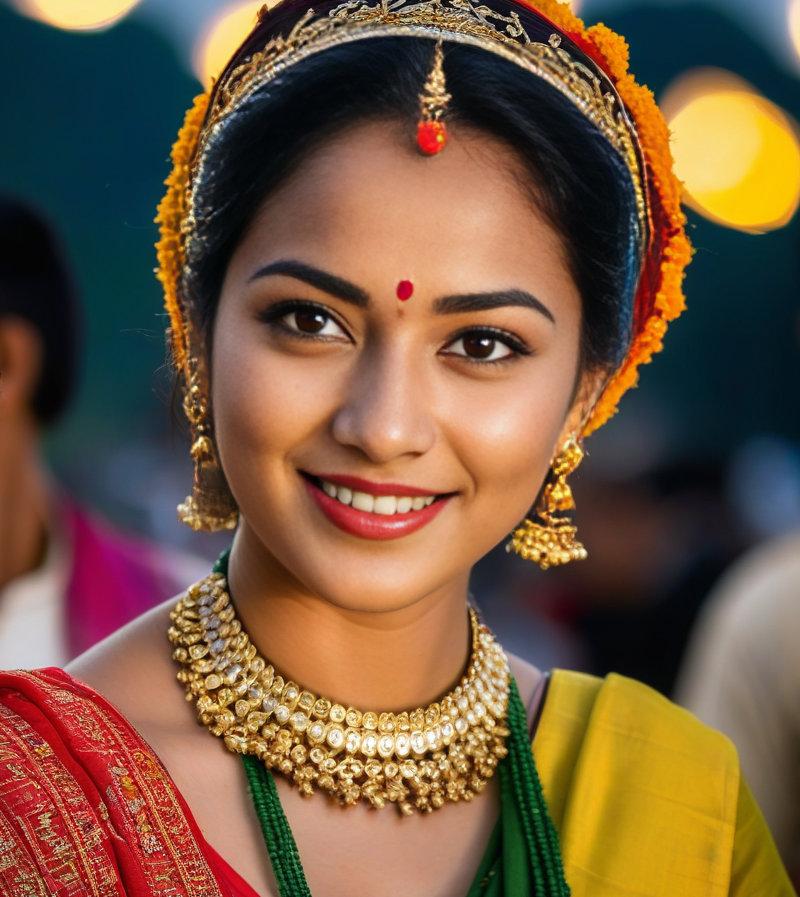Stunning Traditions Of Uttarakhand
The stunning traditions of Uttarakhand form a rich and vibrant tapestry that reflects the various ethnic groups and sub-groups living in this region, with a mix of elements from all of them. Nestled in the Himalayas, Uttarakhand is a land where age-old traditions coexist harmoniously with the breathtaking natural landscape. Uttarakhand is a popular tourist destination for its breathtaking scenery and natural splendor.
Popular Categories






Details About Traditions Of Uttarakhand
Uttarakhand, located in the lap of the beautiful Himalayas, is a place of breathtaking natural beauty and a voluminous cultural history. A vibrant tapestry that captures the spirit of this alluring Indian state is painted by its magnificent traditions, which are interwoven firmly in the lives of its people.
The varied range of rituals, festivals, arts, and practices that make up Uttarakhand’s traditions each express the distinct identity and values of the state’s many communities. These practices have been passed down through the years as a way of life, maintaining the essence of the area’s extensive history. They are more than just customs.
Details About Traditions Of Uttarakhand
Uttarakhand’s festivals are a vibrant display of color, music, and dedication. One of the most renowned is Kumaoni Holi, a colorful spring festival where villagers congregate to sing, dance, and have fun with color. The Makar Sankranti event, which is celebrated by the flight of vibrant kites, represents the entry of the sun into the Capricorn zodiac sign. These celebrations unite localities and promote happiness and unity.
The mesmerizing performances of traditional dances, such as the Langvir Nritya and Barada Nati, tell stories of bravery, love, and victory. The Barada Nati is an elegant dance that tells tales from the Mahabharata, while the Langvir Nritya displays the valor of local heroes. These dances act as a form of storytelling, artistically and engrossingly transmitting heritage and history.
Weddings in Uttarakhand are a wonderful fusion of festivals, rituals, and customs. The bride’s outfit, which features elaborate jewelry and conventional clothing, showcases the beauties of the local culture. The sanctity of the marital connection is symbolized by the use of traditional rites and blessings in wedding ceremonies. The qualities of dedication, family, and unity that are inherent in Uttarakhand’s culture are reflected in these events.
The people of Uttarakhand have a special place in their hearts for pilgrimages. Millions of people go the hallowed Char Dham Yatra, which includes the respected shrines of Yamunotri, Gangotri, Kedarnath, and Badrinath, in order to find spiritual comfort and benefits. Another pilgrimage, the Hemkund Sahib walk draws visitors to its tranquil lake and breathtakingly high gurdwara.
Uttarakhand’s cuisine is a culinary treat that honors the area’s agrarian past and distinctive flavors. Aloo Ke Gutke, Phaanu, and Bal Mithai are a few examples of dishes that provide a mouthwatering medley of flavors and textures that appeal to the taste and the soul. The inventiveness and originality of the people of Uttarakhand are demonstrated by these traditional recipes.
The breathtaking traditions of Uttarakhand provide a sense of continuity and identity in a world that is quickly changing. By conserving the essence of the people’s cultural legacy and functioning as a link between the past and the present, they serve to remind people of their origins. These customs serve as a source of pride for the people of Uttarakhand, as well as a way to strengthen their sense of community and belonging.
Diversity In Traditions Of Uttarakhand
Due to its varied topography, culture, and history, the state of Uttarakhand has a vast range of traditions that reflect its distinct identity. Here are a few of the major variations seen in Uttarakhand’s traditions:
Festivals: Numerous festivals that are specific to the state of Uttarakhand are celebrated there. For instance, the Hariyali Devi Fair honors the goddess of flora and is celebrated with music and dance, while the Devidhura Fair is a unique event where participants fling stones at one another.
Regional differences: Uttarakhand is split into the Garhwal and Kumaon areas, each of which has its own unique culture and traditions. For example, the cuisine, language, and music of Garhwal are different from those of Kumaon.
Religious diversity: Hindus, Muslims, and Sikhs are among the numerous religions practiced in Uttarakhand. The state is home to a number of significant pilgrimage sites, including the Kedarnath and Badrinath temples, which annually draw thousands of people.
Traditional arts and crafts: Wood carving, metallurgy, and Pahari painting are just a few of the many arts and crafts that Uttarakhand is renowned for. Each country, each tribe, has its own distinctive art and craft.
Traditional attire: The traditional dress of Uttarakhand differs by location and ethnicity. For instance, Kumaoni men wear a churidar-kurta, while Garhwali men wear a dhoti-kurta. Likewise, women have their own.
Tribal traditions: Uttarakhand is home to a number of tribes, including the Bhotias, Jaunsaris, and Tharus. These tribes each have distinctive customs and activities, like the woolen weaving of the Bhotias and the ritual sacrifice of buffalo by the Jaunsaris.
To Conclude
Traditional ways of life in Uttarakhand show how the state’s religious views and cultural practices have changed over time. Music and dances from the past are very important because they show what the area is all about. Songs like ‘Jhora Chanchari,’ ‘Chhopati,’ and ‘Basanti’ are often played on the dhol, damau, and ransingha by people who play traditional instruments in the valleys.
Another important part is the lively festivals that people enjoy with great energy. The annual Nanda Devi Raj Jat Yatra is a pilgrimage to the Nanda Devi shrine that draws a lot of people from far away. The Kumaoni Holi, which is sometimes called ‘Khadi Holi,’ is known for its colourful processions and unique customs.
Kedarnath, Badrinath, and Jageshwar are just a few of the many intricately carved wooden temples that dot the landscape of Uttarakhand. These temples show the traditions of the area through their design.
Traditional recipes from Uttarakhand, like Kafuli, Phaanu, and Bhang Ki Chutney, also show off the tastes and products of the area.
There is a long history of reverence for nature in Uttarakhand. The Ganges and Yamuna rivers are seen as holy lifelines, and the beautiful hills are thought to be sacred homes for gods. Through these traditions, the people of Uttarakhand stay strongly connected to their cultural history. This makes their relationships with each other stronger.







Keep sharing such a beautiful content, amazing content to know about Culture and Tradition of Uttarakhand.
Thanks…..